Analyzing the F-22 Raptor's Power Loop Flight Dynamics
Written on
Chapter 1: Introduction to the F-22 Raptor
The F-22 Raptor features vectored thrust capabilities, allowing its engines to direct thrust not solely forward but also upward and downward from the rear. This unique ability enables the aircraft to perform impressive maneuvers, such as the power loop. My initial introduction to this phenomenon came from an article on The Drive.
There are numerous videos showcasing the F-22 executing power loops, but I find this specific one particularly compelling. The aircraft's motion is mostly perpendicular to the camera's view, which creates a captivating 2D effect within the video frame. Additionally, the distance of the Raptor from the camera allows for a complete view of the entire power loop maneuver. The scenic mountains in the background also serve a practical purpose: they act as reference points for tracking camera movement.
Section 1.1: Setting Up the Analysis
To accurately analyze the video, I will utilize my preferred video analysis software, Tracker Video Analysis. The first step involves scaling the footage based on the F-22's length, which is 18.9 meters. Next, I'll identify points on the mountain range to establish a stable reference for calibration (for a deeper understanding, you can refer to my previous tutorial).
Once the camera motion is accounted for, I can produce these remarkable "frame-corrected" views.

Chapter 2: Physics of the Power Loop
To delve into the physics behind the Raptor’s maneuvers, I will pinpoint the front and rear locations of the aircraft for measuring both its position and orientation. Calculating this is more efficient using Python. Below is a plot illustrating the trajectory of the aircraft, demonstrating both the front and back positions.
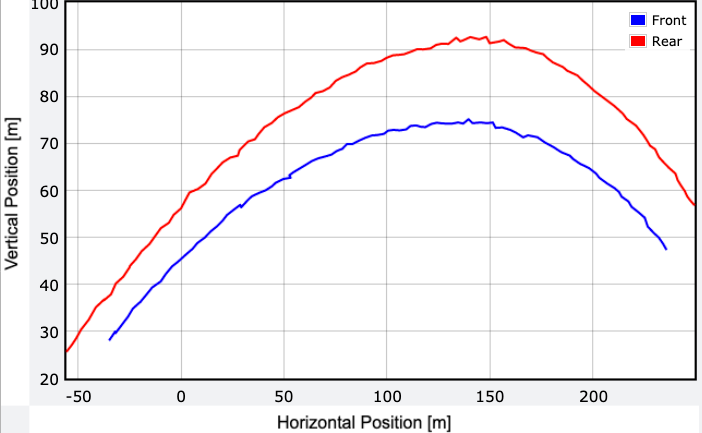
However, merely tracking these points does not clearly indicate the aircraft's orientation. Therefore, I will calculate the angle of orientation using a diagram to illustrate the vector from the rear to the front of the F-22.
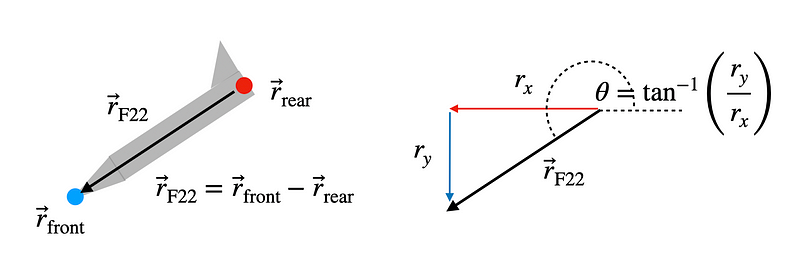
To clarify, I will derive the vector components from the rear to the front, enabling me to determine the orientation angle. For verification, I will plot the angle (in degrees) over time, along with the corresponding code.
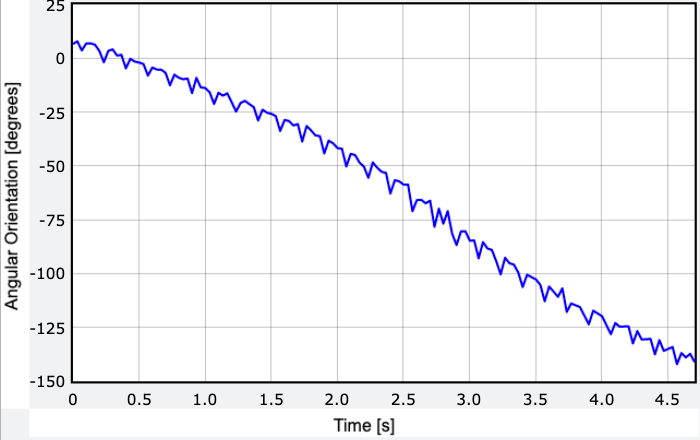
Note that there is a specific calculation adjustment needed for vectors in the third quadrant where both components are negative. Nevertheless, the results appear satisfactory.
Section 2.1: Understanding Angle of Attack
Next, I will analyze the angle of attack, which is the angle between the velocity vector and the aircraft's orientation vector. With the orientation vector established, I need to derive the velocity vector.
To accomplish this, I will locate the center of mass of the F-22, which can be approximated by averaging the front and rear positions.
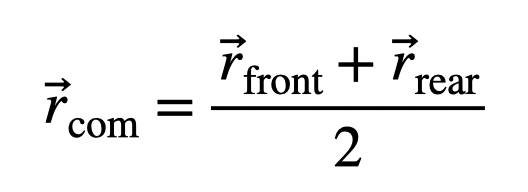
To determine the velocity vector, I will analyze three specific points (labeled 1, 2, and 3). The velocity at point 2 will be calculated as the change in position from point 1 to point 3 divided by the time interval.
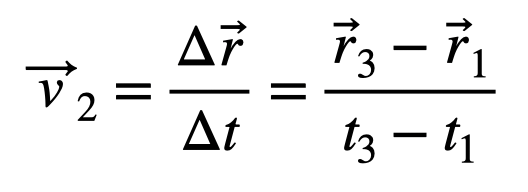
By utilizing three data points, I aim to smooth the velocity calculations. Below is a plot representing the velocity of the F-22's center, along with the Python code used for analysis.
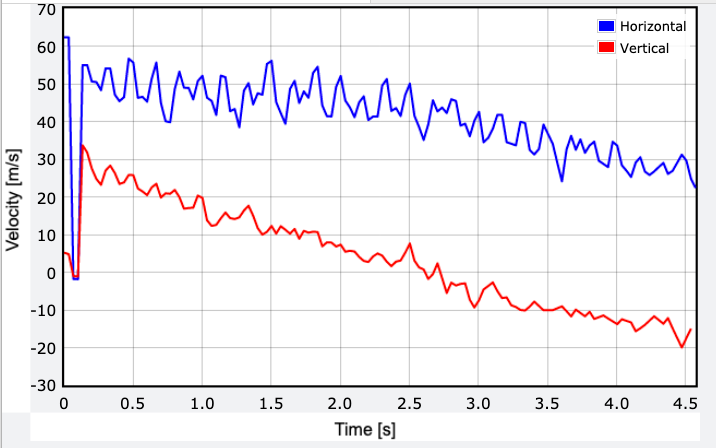
After reevaluating my approach, I decided to broaden the range of points used for calculating average velocity to minimize jagged fluctuations. Some issues with frame rate, including repeated frames, may affect the accuracy, but the results should still be reliable.
Finally, with both the velocity and orientation vectors established, I will find the angle between these vectors by employing the classic dot product definition.
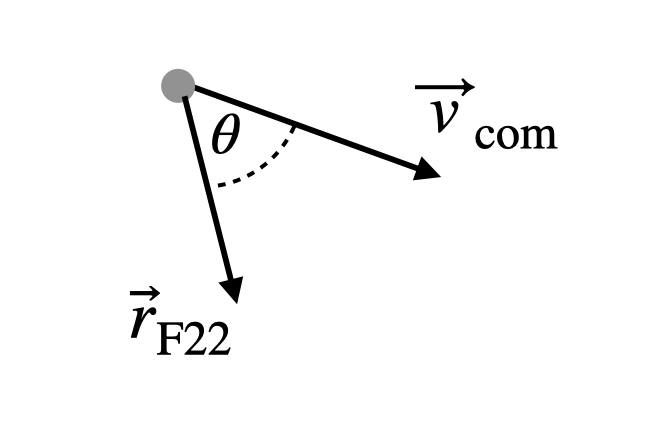
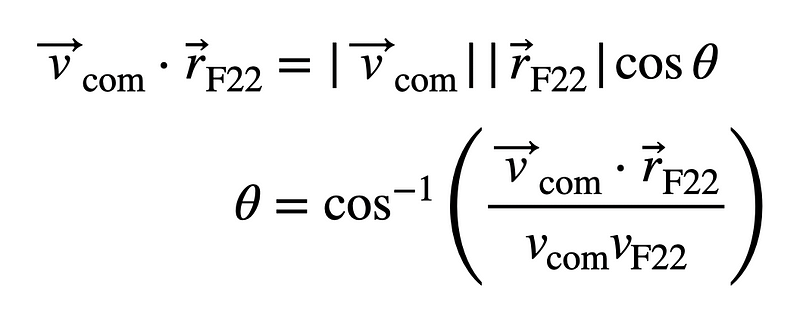
It’s important to note that while I initially used symbols interchangeably for orientation and angle of attack, I trust that this won't lead to confusion.
In conclusion, here is the angle of attack plotted over time, along with the relevant code for your reference.
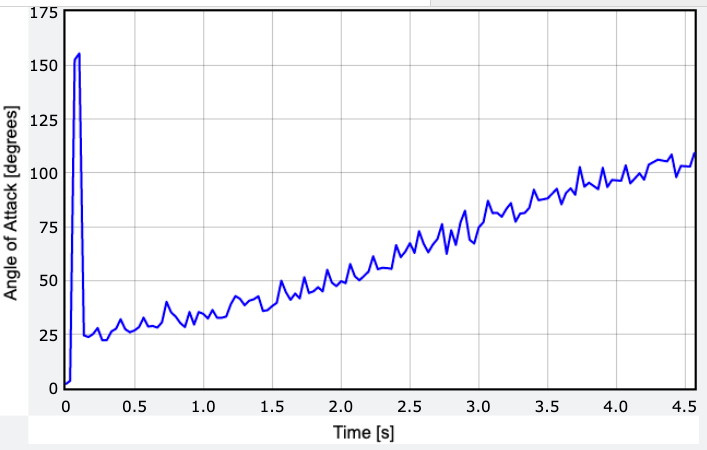
While the Raptor's motion wasn’t entirely perpendicular to the camera, as indicated by the changing apparent size of the aircraft, the video remains a rich source for analysis and insight.